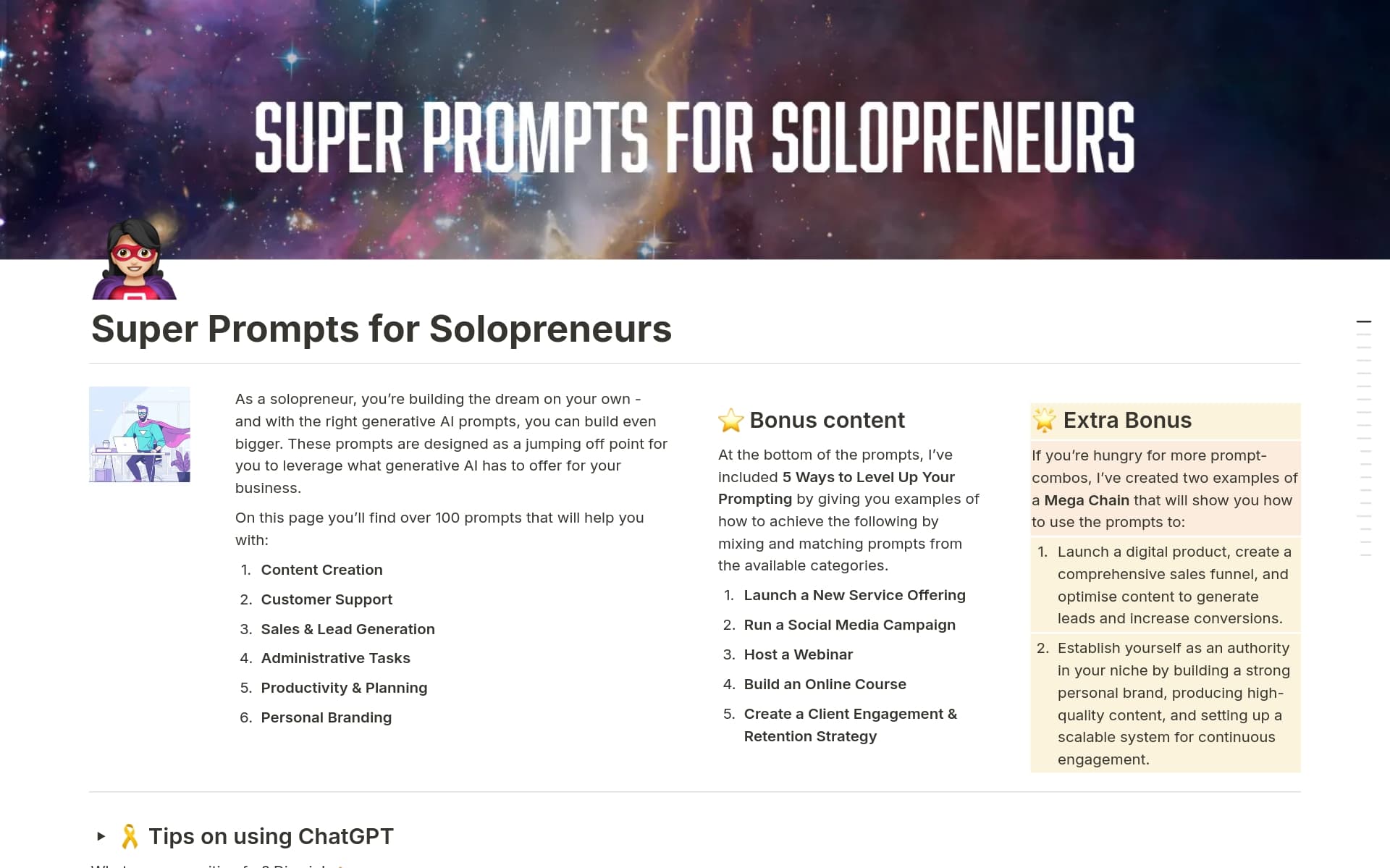Maintaining a Ledger is crucial for keeping accurate financial records, which is essential for making informed business decisions, ensuring compliance with regulations, and understanding your financial health. A Ledger template in Notion can streamline the process of recording transactions, tracking financial data, and generating reports, making it easier to manage your finances efficiently.
Before you start crafting your own Ledger, explore these Ledger Notion templates to simplify the process and ensure you're on the right track.
What Should Ledger Templates Include?
Choosing the right ledger template in Notion can streamline your financial tracking and analysis. Here are key components to look for when selecting a template:
Comprehensive Account Tracking: The template should offer detailed sections for all types of accounts, including assets, liabilities, income, and expenses, ensuring a holistic view of financial health.
Automatic Calculations: Look for templates that include formulas for automatic calculations of totals and subtotals, which can save time and reduce errors in manual entries.
Customizable Categories: A good ledger template will allow you to customize expense and income categories, making it adaptable to your specific financial needs.
Visual Reports: Opt for templates that feature built-in charts and graphs for visual representation of your financial data, which aids in quicker analysis and decision-making.
With these features in mind, you can choose a ledger template that not only fits your financial management needs but also enhances your efficiency and accuracy in financial record-keeping.
What Should Ledger Templates Avoid?
When selecting a ledger template in Notion, it's important to be aware of certain features that might complicate your financial tracking rather than simplify it. Here are three key components to steer clear of:
Overly Complex Formulas: Templates with complicated calculations can be error-prone and difficult to adjust if your tracking needs change.
Non-customizable Categories: Avoid templates that don't allow you to modify or add new categories, as this can limit how you classify transactions.
Excessive Use of Automation: While some automation is beneficial, too much can obscure how the data flows and updates, which might lead to confusion.
Choosing the right ledger template involves looking for simplicity, flexibility, and clarity to ensure it enhances your financial management rather than hindering it.



